OECD said in a report released today that global growth has already peaked and it’s now set for a “soft landing”. And, the global economy is navigating “rough seas” with “downside risks abound”. It also noted that “policy makers will have to steer their economies carefully towards sustainable, albeit slower, GDP growth.” The organization also pointed out that “global trade and investment have been slowing on the back of increases in bilateral tariffs while many emerging market economies are experiencing capital outflows and a weakening of their currencies”. OECD also warned that ” accumulation of risks could create the conditions for a harder-than-expected landing”. And the risks include firstly, further trade tensions, secondly, tightening financial conditions and thirdly, a sharp slowdown in China.
For 2019, global growth forecasts was revised down to 3.5% and stay there in 2020. US growth was left unchanged at 2.7% in 2019 and then slow to 2.1% in 2020. Eurozone growth was revised down to 1.8% in 2019 then slow further to 1.6% in 2020. Japan growth would accelerate to 1.0% in 2019, an upward revision, but slow to 0.7% in 2020. China’s growth is projected t slow to 6.3% in 2019, downwardly revised, and then further to 6.0% in 2020.
OECD Secretary-General Angel Gurría warned that “trade conflicts and political uncertainty are adding to the difficulties governments face in ensuring that economic growth remains strong, sustainable and inclusive.” And, “we urge policy-makers to help restore confidence in the international rules-based trading system and to implement reforms that boost growth and raise living standards – particularly for the most vulnerable.”
According to OECD, trade tensions have already shaved between 0.1-0.2% from global GDP this year. If US raise tariffs on all Chinese goods to 25%, world economy growth could fall to just 3.0% in 2020, no more 3.5%. And, growth in the US could drop by -0.8% and by -0.6% in China.





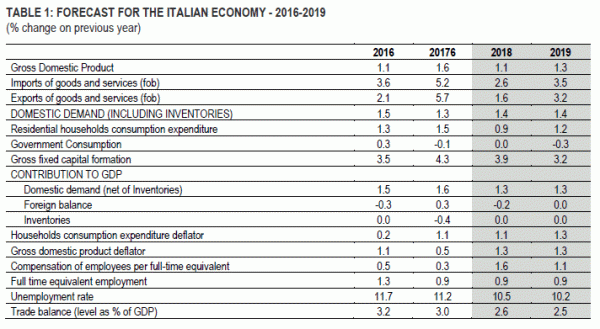
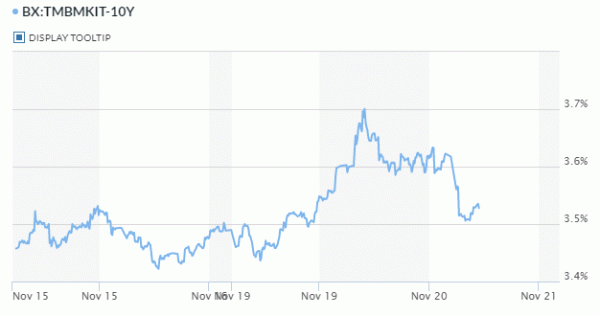
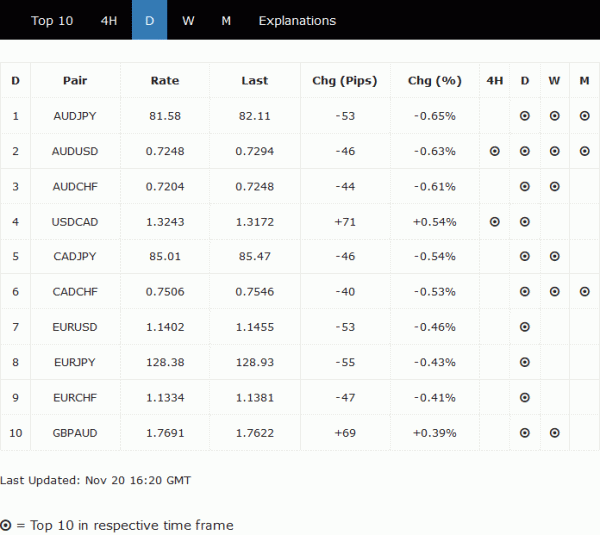
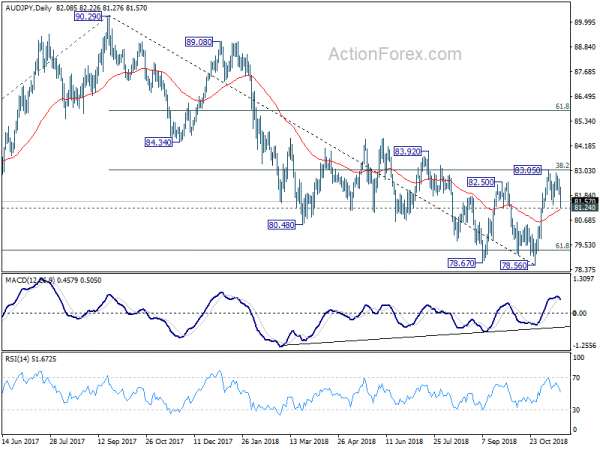
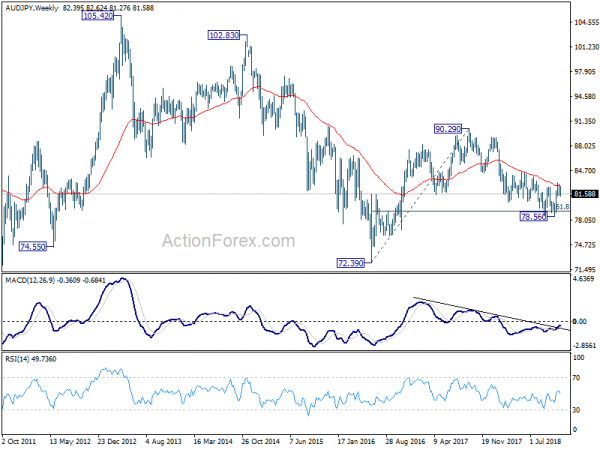
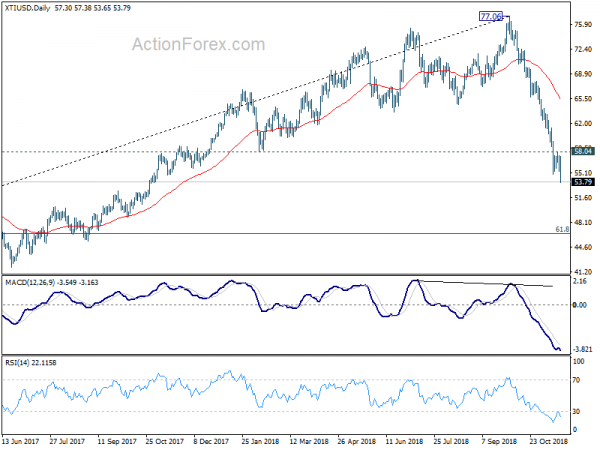
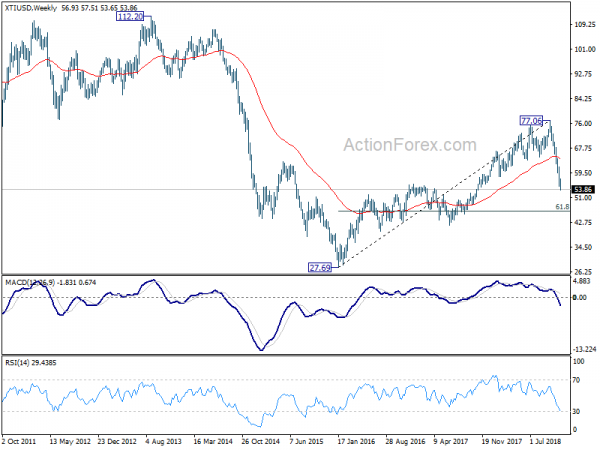
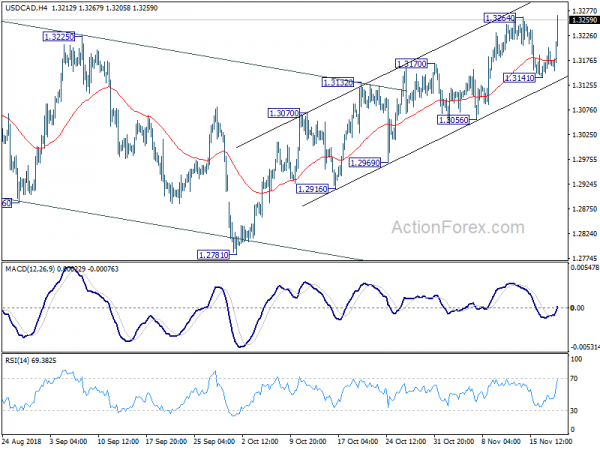
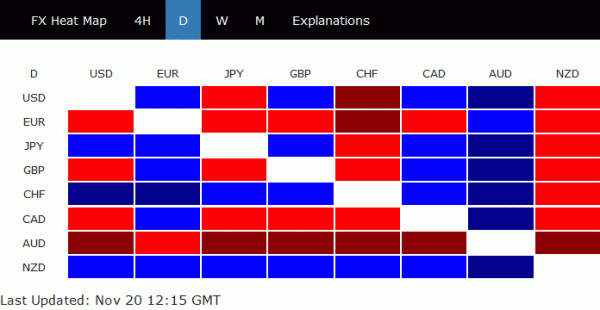
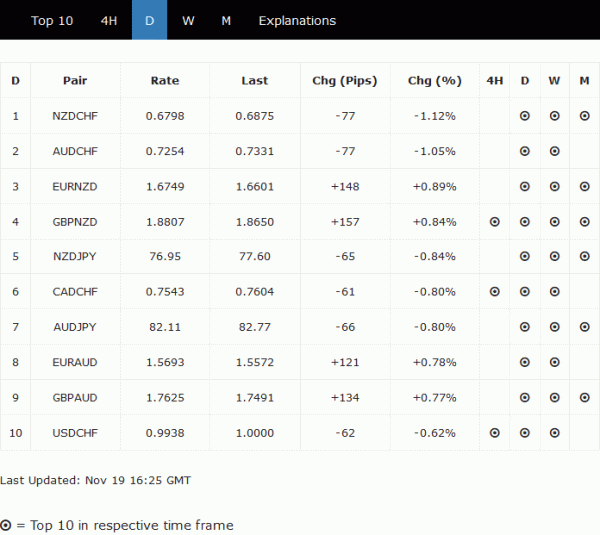
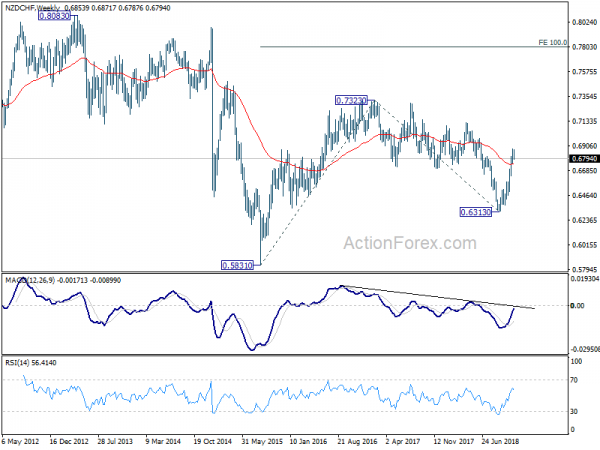
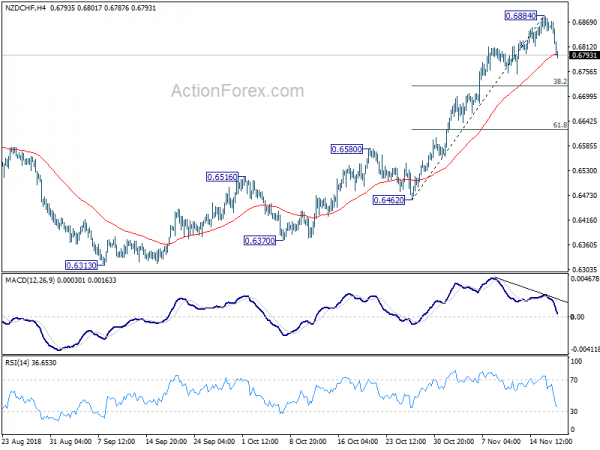
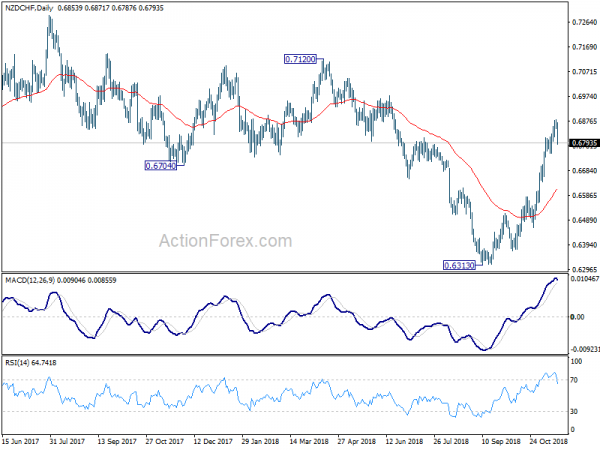
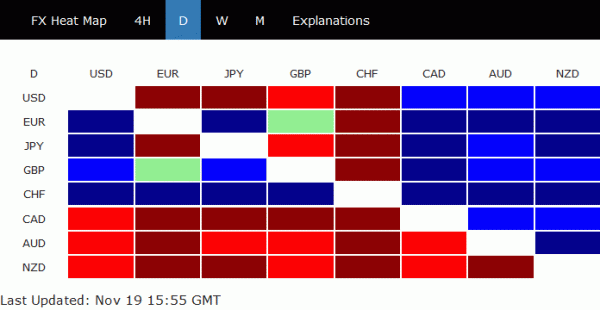
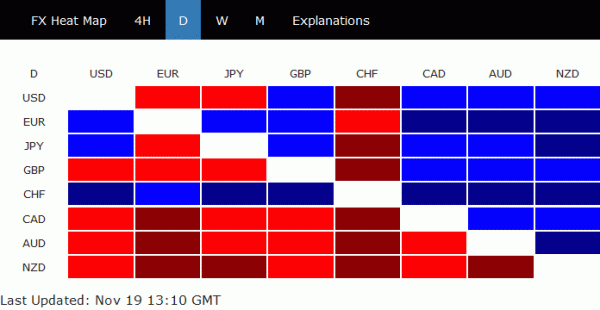

European Commission: Italy’s 2019 budget a serious case of non-compliance, Excessive Deficit Procedure warranted
The European Commission confirms in a statement today the “existence of a particularly serious case of non-compliance” with EU’s recommendation in Italy’s Draft Budget Plan. The Commission has “carried out a new assessment of the prima facie lack of compliance with the debt criterion The new assessment was necessary because “Italy’s fiscal plans for 2019 represent a material change in the relevant factors analysed by the Commission last May.”
The Commission also noted that (i) the fact that macroeconomic conditions, despite recently intensified downside risks, cannot be argued to explain Italy’s large gaps to compliance with the debt reduction benchmark, given nominal GDP growth above 2% since 2016; (ii) the fact that the government plans imply a marked backtracking on past growth-enhancing structural reforms, in particular the past pension reforms; and above all (iii) the identified risk of significant deviation from the recommended adjustment path towards the medium-term budgetary objective in 2018 and the particularly serious non-compliance for 2019 with the recommendation addressed to Italy by the Council on 13 July 2018, based on both the government plans and the Commission 2018 autumn forecast.
European Commission’s statement here.
European Commission Vice President Valdis Dombrovskis confirmed debt criterion should be considered as not complied and a “debt-based Excessive Deficit Procedure is thus warranted” for Italy. He emphasized that “Euro area countries are in the same team and should be playing by the same rules.” And, “these rules are there to protect us. They provide certainty, stability and mutual trust.”
Economics commissioner Pierre Moscovici tweeted that “Today is not yet the opening of an EDP. First the Member States must give their views within two weeks, then the @EU_Commission will have to prepare the procedure, including a new recommendation for Italy to correct its deficit and debt trajectory.” Also, “Our door remains open to dialogue with Italy. As we move closer to opening an Excessive Deficit Procedure, it is even more essential that the Italian authorities engage constructively with the @EU_Commission.”